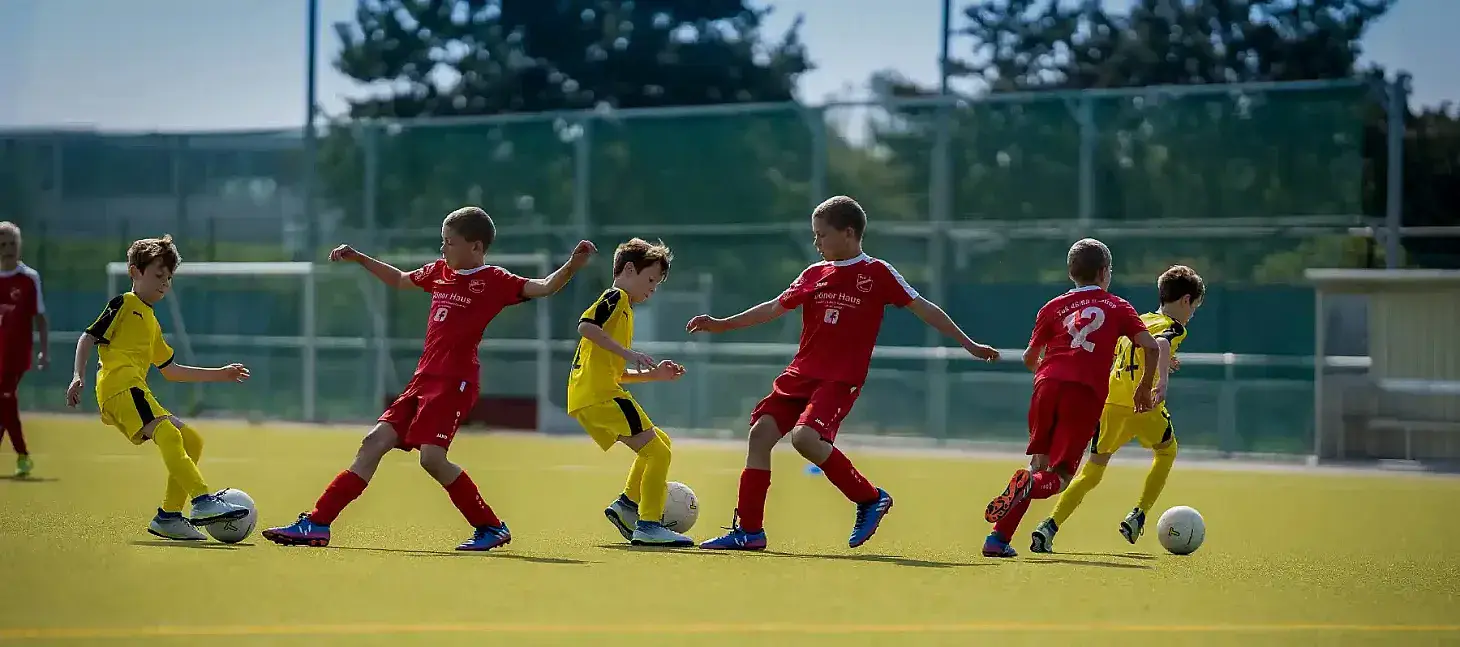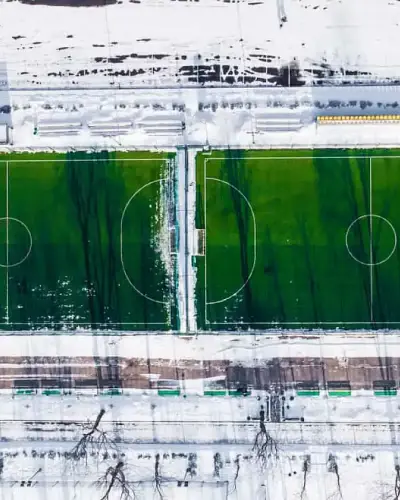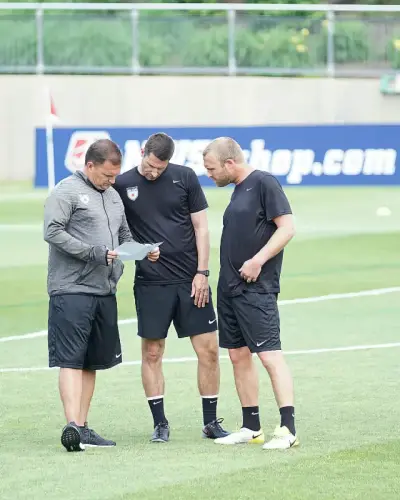Periodization in a Football Season – Maximizing Limited Time
Effective seasonal periodization is crucial for maintaining peak performance, reducing injuries, and ensuring players are physically and tactically ready when it matters most. This guide explores key aspects of periodization and how to structure training efficiently throughout the season.
1. Phases of a Football Season
Each phase has specific objectives and challenges, requiring tailored training approaches for individuals and teams.
🏋 Pre-Season (Preparation Phase)
- Duration: Several weeks before the first competitive match.
- Goals:
- Develop physical foundations (endurance, strength, speed, agility).
- Introduce and refine tactical principles.
- Reduce injury risk through progressive conditioning.
- Training Focus:
- Intensive fitness training (strength, endurance, speed).
- Gradual integration of technical and tactical drills.
- Importance:
- Establishes physical and tactical readiness for the season.
⚔ Competitive Phase (Match Period)
- Duration: First match until the end of the season.
- Goals:
- Maintain physical fitness.
- Optimize tactical strategies and team cohesion.
- Manage fatigue and recovery effectively.
- Training Focus:
- Sessions structured around fixtures to balance intensity, recovery, and match preparation.
- Lighter training loads on match-heavy weeks, intensive tactical sessions on others.
- Adjustments:
- Rotation strategies to prevent injuries.
- Individualized workload management.
🛌 Post-Season (Recovery Phase)
- Duration: Directly after the final match.
- Goals:
- Mental and physical recovery after a long season.
- Prevent sharp fitness declines by gradually tapering intensity.
- Training Focus:
- Active recovery (light training, alternative sports).
- Addressing injuries and rehabilitation.
- Importance:
- Prevents burnout and ensures players return refreshed.
A well-balanced periodization model ensures players peak at the right times while avoiding overtraining and fatigue.
2. Structuring Training Cycles
Season planning is divided into three cycles, each influencing the next.
🔄 Microcycle (Short-Term Planning – Weekly Focus)
- Duration: 1 week.
- Objective: Prepare players for the upcoming match while balancing recovery and skill development.
✅ Example Weekly Structure:
| Day | Focus |
|---|---|
| Monday | Recovery & regeneration (light session for starters, full training for substitutes) |
| Tuesday | Tactical training (defensive/offensive focus) |
| Wednesday | High-intensity team training (match-specific drills) |
| Thursday | Set-piece practice & game simulation |
| Friday | Light training, pre-match tactical briefing |
| Saturday | Matchday |
| Sunday | Rest or recovery session |
📆 Meso-Cycle (Mid-Term Planning – 3-6 Weeks)
- Duration: Several weeks to a month.
- Objective: Address specific team needs, such as:
- Defensive shape
- Attacking transitions
- Set-piece strategies
- Tactical adaptability
- Example:
- A 4-week cycle focusing on improving defensive organization might involve:
- Week 1: Pressing & compactness.
- Week 2: Defensive shape under different formations.
- Week 3: Quick transitions from defense to attack.
- Week 4: Defensive drills in match-like scenarios.
- A 4-week cycle focusing on improving defensive organization might involve:
📅 Macro-Cycle (Long-Term Planning – Full Season Focus)
- Duration: Entire season.
- Objective:
- Ensure the team peaks at crucial moments (playoffs, cup games).
- Balance workload across different phases.
- Structure:
- Pre-season: Build foundational fitness & tactics.
- Early season: Find optimal line-ups & team chemistry.
- Mid-season: Peak fitness while managing fatigue.
- Final phase: Maintain sharpness while ensuring recovery.
The macro-cycle strategy ensures long-term player development while keeping injuries and performance dips minimal.
3. Performance Monitoring & Adjustments
📊 Tracking Player Load & Performance
- Technology Use: GPS trackers, heart rate monitors, and video analysis tools help measure:
- Running distances & sprint efforts.
- Heart rate & fatigue levels.
- Overall workload trends.
- Simple Data Collection: Even basic metrics like:
- Player-reported fatigue levels.
- Training intensity ratings (RPE scale 1-10).
- Match stats (distance covered, successful passes, duels won).
- Injury patterns.
🔄 Data Analysis for Adjustments
- Pattern Recognition: Spot trends in player performance and fatigue.
- Individual Workload Management: Tailor training loads to prevent injuries.
- Examples of Adjustments:
- A player covering excessive distances might need lighter sessions.
- A squad with high fatigue levels may need extra recovery before key matches.
4. Managing Workload in Competitive Matches
🔄 Squad Rotation Strategies
- Use substitutions smartly to prevent overworking key players.
- Adjust game-time load for players with injury risks.
⚽ Tactical Adjustments for Load Management
- Lowering defensive intensity in certain matches to preserve energy.
- Shifting formations to reduce workload (e.g., switching from high pressing to mid-block).
🏋 Balancing Training & Recovery
- Players with low match minutes need extra game-like training.
- Starters need more focus on recovery & maintenance.
5. Communication & Flexibility
📢 Regular Player Feedback
- Players should report fatigue levels and any discomfort.
- Encourage honesty to prevent burnout.
🔄 Flexible Planning
- Adapt weekly training based on monitoring data.
- Modify game-day tactics to optimize workload.
Conclusion: A Smart Approach to Periodization
⚡ Proper season periodization ensures:
✅ Players peak at the right moments.
✅ Injury risks stay low through workload management.
✅ Fatigue is minimized, ensuring consistent performance.
✅ Training plans are dynamic and data-driven.
By balancing short-term (micro), medium-term (meso), and long-term (macro) cycles, coaches optimize player development, fitness, and tactical execution—leading to sustainable success throughout the season. 🚀






